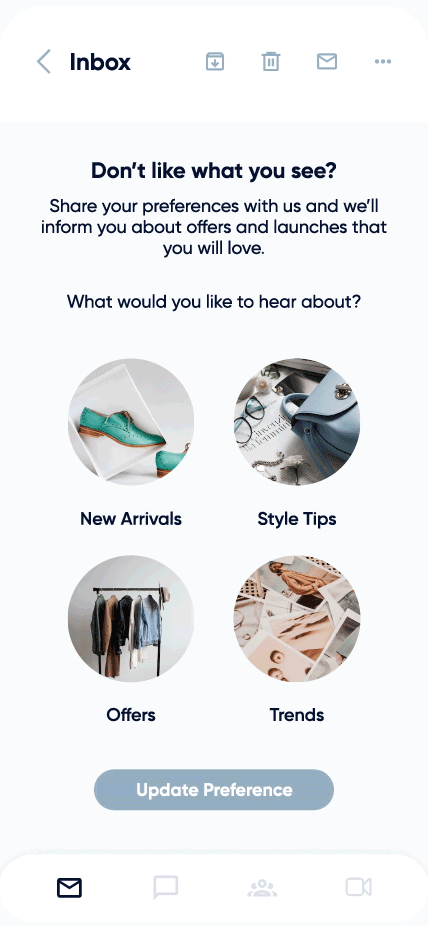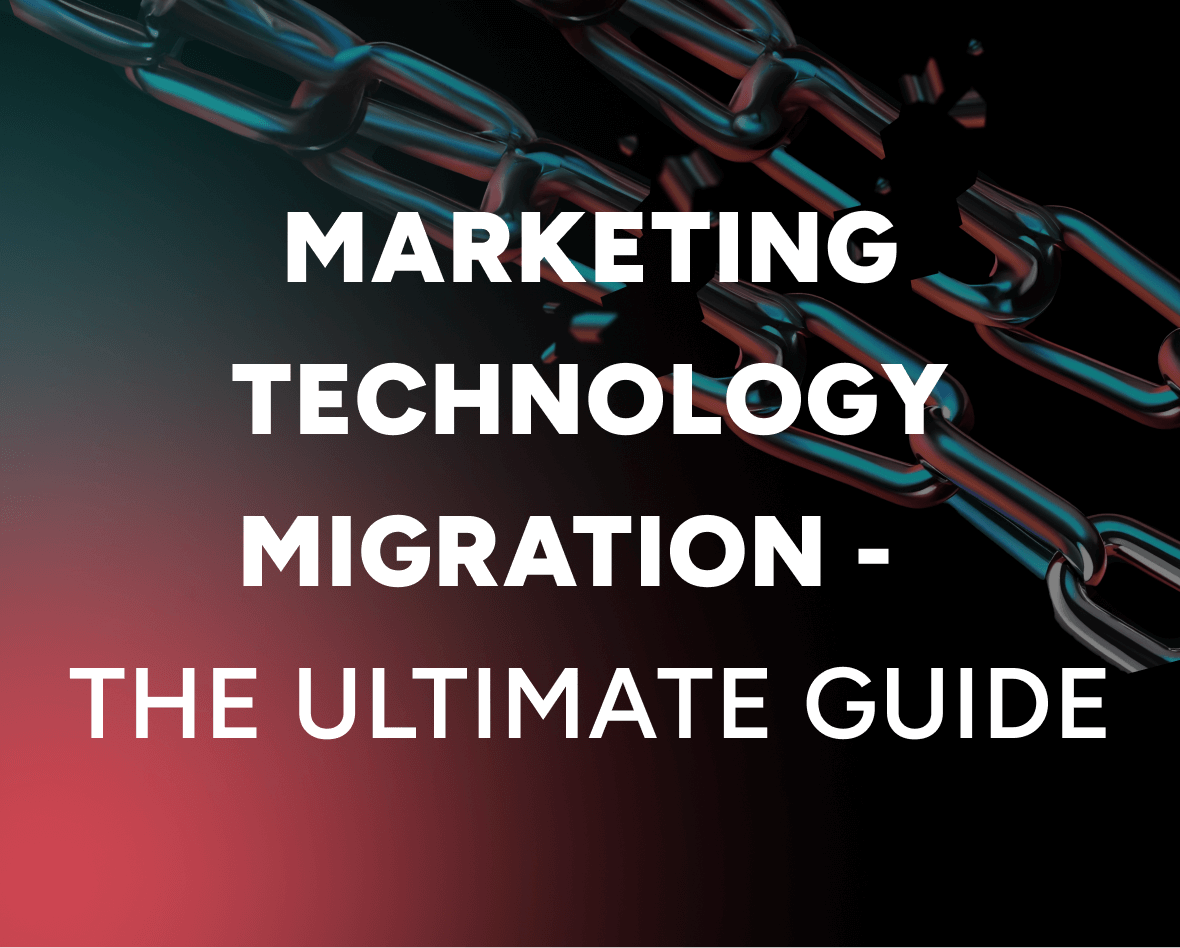Improving the ecommerce customer experience: Your complete guide
A few decades ago, selling online was a powerful and novel competitive differentiator. But now, with more than 26 million ecommerce sites across the globe, customers have their pick of options. That means selling online isn’t the advantage it used to be—it’s table stakes.
So how can ecommerce businesses stand out in an increasingly competitive market? Today, success hinges on providing a stellar ecommerce customer experience.
Updated on 19 Aug 2024
The importance of customer experience in ecommerce success
In one 2023 survey conducted by Forrester, an impressive 80% of business leaders said improving the customer experience was a top priority. And that’s for good reason. A positive and personalized customer experience offers the following advantages:
- Higher price premiums: Facilitating the best ecommerce customer experience pays off—quite literally. According to research from Forrester, companies that provide great experiences benefit from up to a 16% price premium on products and services.
- Increased conversions and higher revenue: A thoughtful ecommerce customer experience map and strategy empowers you to successfully guide more customers to your checkout, increasing your conversion rate. The same research from Forrester also found that customers are more likely to try additional products when they have a positive experience, further boosting your revenue.
- Better customer retention: It’s hard to keep customers around if they don’t feel well cared for. 32% of customers say they’ll stop doing business with a brand they love after one bad experience and 59% will walk away after several bad experiences. It’s proof that a positive experience is crucial for retaining your ecommerce customers.
- Enhanced brand reputation: Customers talk, with 70% of them saying they’ll share a bad experience with other people. But there’s good news too: Even more customers (76%) will share the details of a good experience. When you improve your customer experience strategy, you improve your customer relationships which, in turn, improves your brand reputation.
How to improve ecommerce customer experience: 3 strategies to lay the groundwork
There are plenty of specific tactics you can use to deliver effective and engaging omnichannel customer experiences—and we’ll share those a little later.
But before you get into the nitty-gritty, it’s important to take a step back and understand the groundwork that will make those strategies even more effective. Here are three steps to work through your ecommerce customer experience analysis and ensure you’re set up for success.
1. Develop a deep understanding of your customers
Improving your customer experience shouldn’t be rooted in guesswork—it should be rooted in real-world insights you get from paying attention to how your customers think and feel about your brand. You can do this by:
- Using brand monitoring and social listening tools to see what they’re saying and how they’re talking about your brand
- Auditing user-generated content to understand your customers’ experiences
- Reviewing website analytics to uncover areas with high engagement, low engagement, and potential points of friction
Want to dig deeper into your customers’ experiences and perspectives? Use Insider to create customer surveys for your website visitors and AMP emails to collect post-purchase feedback.

Insider lets you collect preference data right within your email to tailor future recommendations
2. Shift to data-driven decisions
Collecting data and insights doesn’t do anything on its own—you need to take action on that information by using it to guide your customer experience.
This means less aimless experimentation (“Let’s do xyz and see if our audience likes it”) and more data-driven changes (“The data shows our audience will like it if we do xyz”).
With this approach, you’ll make far more strategic improvements and see more meaningful impacts on customer satisfaction and conversion.
3. Audit your website design and UX
Once you understand your customers’ expectations and pain points, you can examine your digital experience from their perspective. For example:
- Is your website content engaging?
- Can customers easily find what they’re looking for?
- Are important workflows working seamlessly?
User experience plays a huge role in your overall customer experience, with companies seeing an average increase of 83% in their KPIs when their UX enhances their customer experience. Insider can help you streamline your customer experience with:
- Personalized content for every visitor with banner management
- Enhanced navigation with dynamic menus, radial navigation, and more
- Immersive experiences with InStory
- Simplified and intuitive workflows with floating carts, just-in-time cart reminders, slide-to-add-to-cart, and more
How can businesses use AI to enhance ecommerce customer experience?
AI seems like it should be the antithesis of a positive and personal experience. But as it turns out, generative AI in customer experience offers a number of benefits for both companies and consumers.
The first is efficiency. An impressive 74% of customers say that AI improves the efficiency of customer service. That’s important, especially when efficiency is what customers value most in an experience—even ahead of convenience and knowledgeable service. However, AI has other impacts outside of sheer speed:
- Personalized recommendations: According to McKinsey, 71% of customers expect personalized experiences. With AI and ecommerce personalization software, it’s possible to deliver personalized experiences at scale. AI algorithms can recommend products tailored to individual preferences.
- Enhanced search results: AI-powered ecommerce site search delivers personalized search results and interactive filters to customers, so they can easily surface exactly what they’re looking for.
- Predictive targeting: Use advanced algorithms to analyze past user interactions and predict user behaviors, allowing you to stay one step ahead and create ecommerce email marketing campaigns and other marketing initiatives that always hit the mark.
- Conversational commerce with chatbots: With advanced intent recognition, AI-powered chatbots can handle complex customer interactions to recommend the right products, answer questions, and more.
3 best practices for ecommerce customer experience
When you’re ready to improve your ecommerce customer experience, here are three specific focus areas to start with—and how Insider can help.
1. Optimize your onsite experiences
When customers don’t have consistent and cohesive experiences across all of your platforms, they’re more likely to leave without making a purchase (and they likely won’t return again).
With Insider, you can ensure every visitor has an optimized brand experience with:
- Personalized and dynamic navigation menus
- Responsive web templates that make it easier for them to find what they need, such as a “top searches” template and personalized search results
- Engaging and interactive templates like page curl, scratch coupon, or gamified experiences like Wheel of Fortune, Pick a Gift, and more
2. Provide a guided experience for customers across the buying journey
Want more customers to make it to your checkout? Guide them there step-by-step rather than expecting them to fend for themselves. With Insider, you can:
- Offer seamless onboarding with gamified lead collection
- Improve customer activation and retention with personalized offers
- Increase conversions and average order value with a purchase progress bar
3. Adopt a data-first approach to selling online
We’ve already touched on the importance of a data-driven approach to customer experience. But it’s not a one-time activity—it’s something you need to default to as you continue to evaluate and improve your experience.
That’s not overwhelming with the right ecommerce marketing automation solution. Insider can help you:
- Gather user preferences on AMP to tailor future recommendations
- Collect critical information to send reorder reminders for replenishment
- Set up seamless post-purchase engagement to collect feedback and foster loyalty with star ratings and surveys
Looking forward: The future of ecommerce customer experience
All of the above can help you deliver a customer experience that engages and converts customers. But expectations and preferences are constantly changing—and technology and strategies are evolving right along with them.
So, what can we expect as we look to the next few years? Here are a few predictions for the future of the ecommerce customer experience:
- Omnichannel ecommerce: Previously, marketing was about pushing potential customers to where you wanted them to go. But it’s quickly becoming more about meeting them where they already are. For that reason, we’ll see more and more omnichannel ecommerce, where brands deliver seamless shopping experiences away from the website using WhatsApp Commerce, AMP in email, and more.
- Advanced user insights: Seamless ecommerce experiences hinge on data and brands will increasingly rely on technology to map and analyze the buyer journey. User analytics and the ability to track metrics and insights from every touchpoint will ultimately help companies deliver better marketing and better service.
- Generative CX: AI is gaining more steam and we’ll see teams rely on it more and more. With Sirius AI, you can cut out the guesswork and let AI build customer journeys with the highest likelihood of your desired outcome with just a single click.
Sirius AI™ helps leading brands achieve higher productivity while driving more revenue and ROI.
One thing that won’t change? The importance of the customer experience. Ecommerce is continuing to grow at a breakneck pace, which means consumers always have more options today than they did yesterday.
With that in mind, it’s no longer the place or even the products that will help ecommerce brands stand out from the crowd—it’s the level of experience they provide.



















